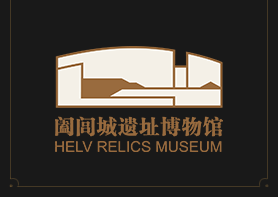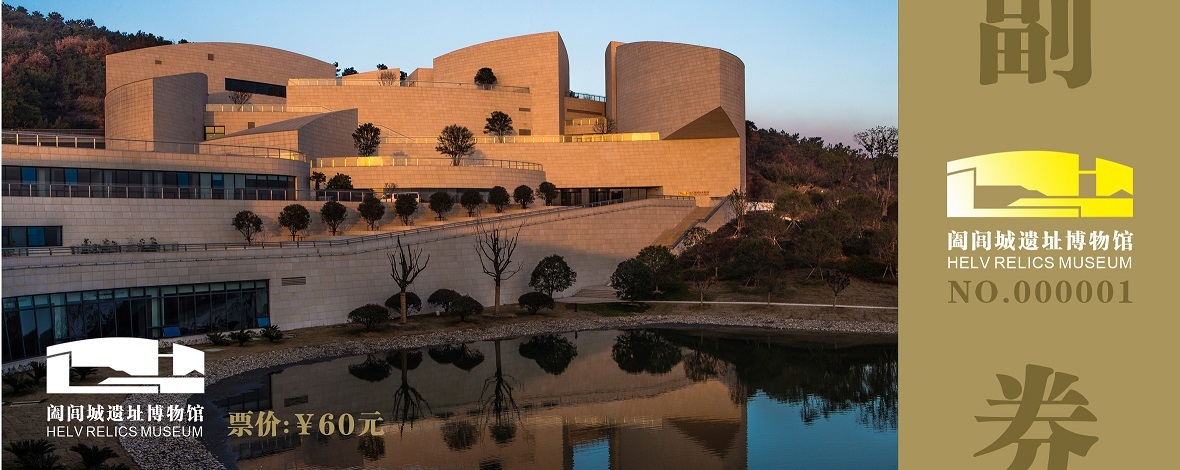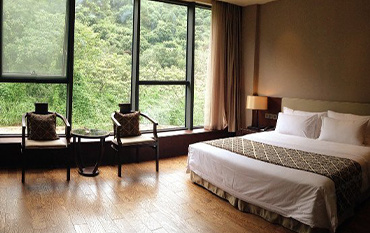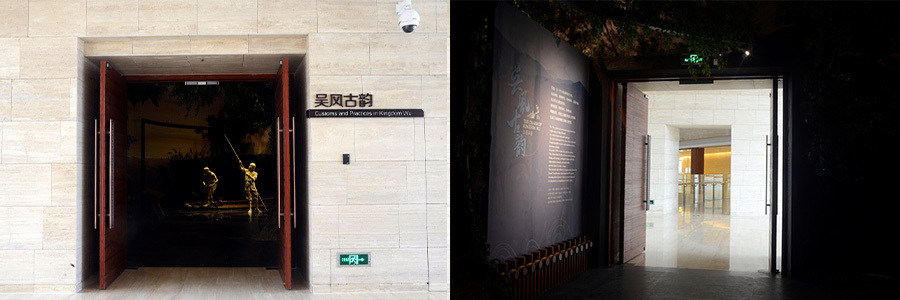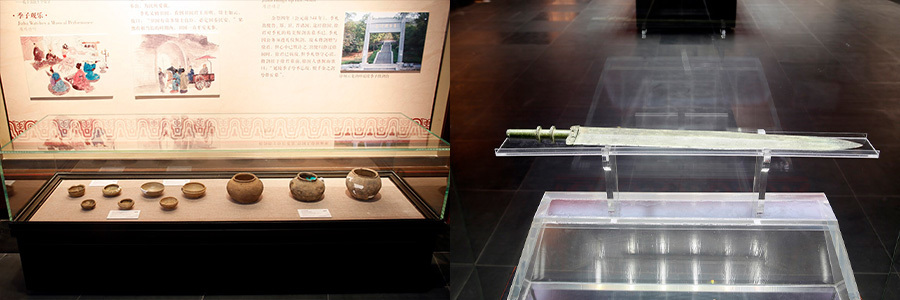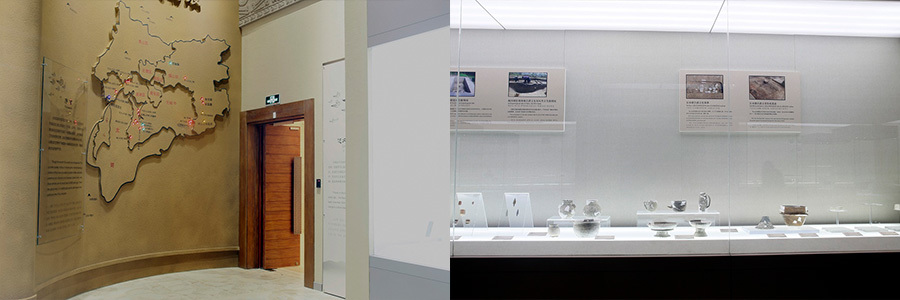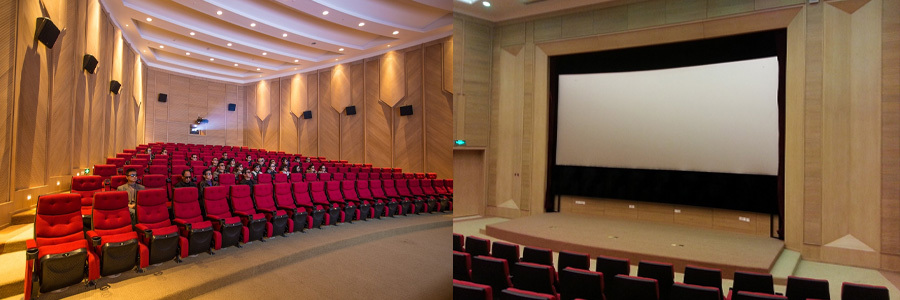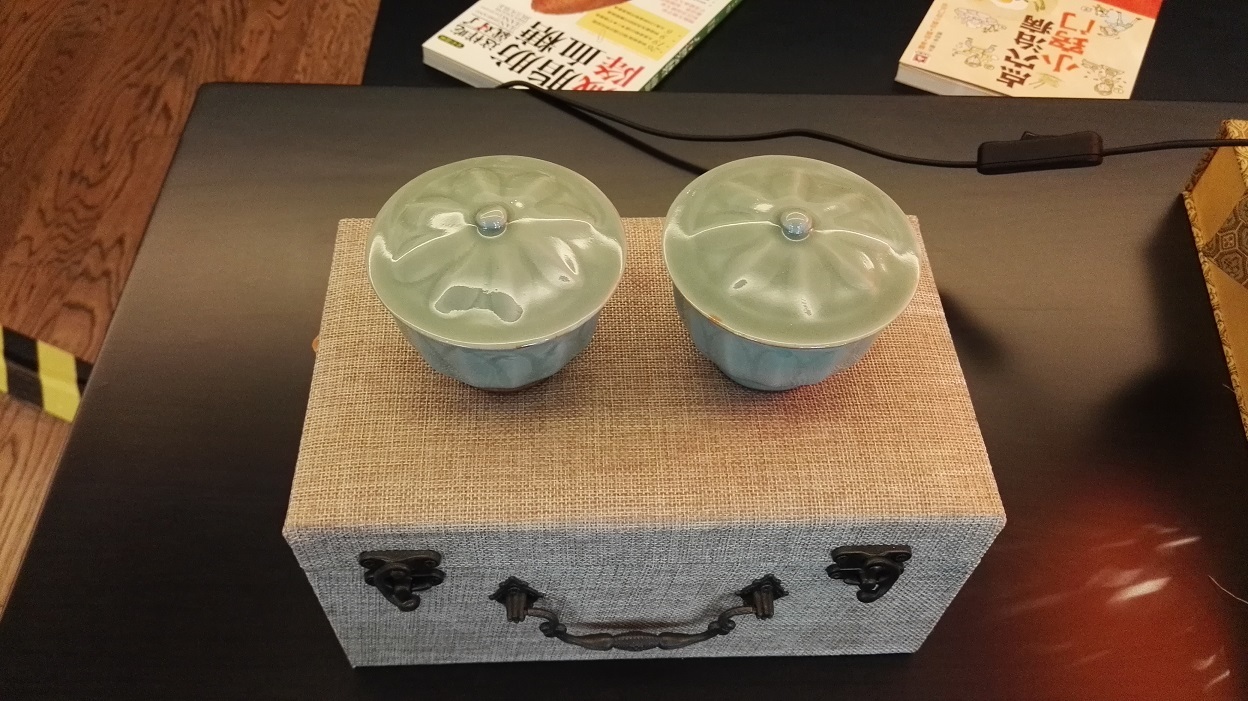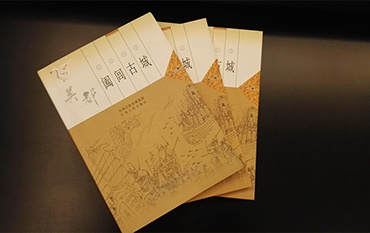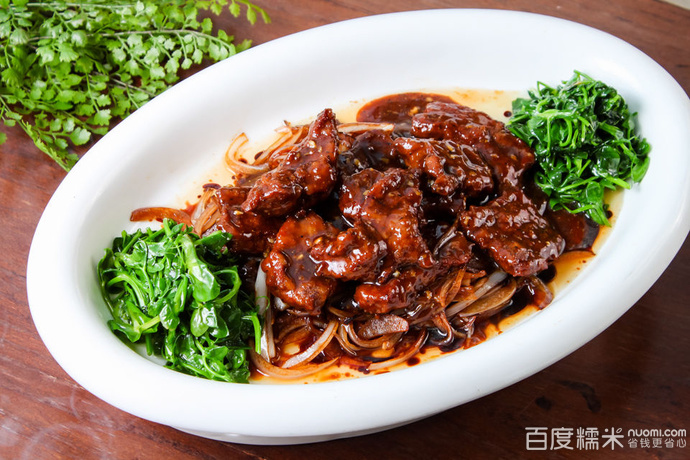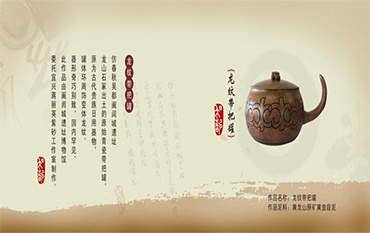
Exhibition Explanation︱ "The Heroic Spirit of King Helü—Cultural Relics Unearthed in Baoji, the Ancient Home of Taibo"
Release time:
2024-08-23
Bronze vessels are considered important artifacts, holding a prominent place in major museums due to their exquisite shapes, intricate decorations, and diverse applications. In ancient times, bronze was referred to as "gold" or "auspicious metal," being an alloy of copper and other chemical elements such as tin and lead. Newly cast bronze vessels were golden in color, but unearthed bronzes have lost their original luster due to oxidation and rust. What were the applications of the numerous bronze vessels during the glorious Bronze Age? Today, let's explore some of the more common shapes of bronze vessels and experience the cultural atmosphere of those distant times.
Ritual Vessels
China has long been known as the "Land of Etiquette." "Etiquette" refers to the norms governing daily life, from large-scale events like sacrifices and warfare to the small details of daily living, all following certain rules and regulations.
After gradual refinement during the Xia, Shang, and early Zhou dynasties, the set of ritual vessels centered around bronze ding (cauldrons) and gui (food containers) became standardized during the Zhou dynasty. When ding appeared in sets, their sizes decreased progressively, forming a "series of ding." A "series of gui" consisted of multiple gui of the same size arranged together. Different social ranks enjoyed different configurations of ritual vessels; otherwise, it would be considered "usurpation." For example, the emperor used nine ding and eight gui, feudal lords seven ding and six gui, high-ranking officials five ding and four gui, and scholars three ding and two gui.
Series of Ding and Gui
| Rank |
Emperor |
Feudal Lords, High-Ranking Officials |
High-Ranking Official |
Scholar (on special occasions) |
Scholar |
| Number of Ding in a Series |
Nine Ding |
Seven Ding |
Five Ding |
Three Ding |
One Ding |
| Meat in the Ding |
Beef, mutton, pork, fish, cured meat, offal, skin, fresh fish, fresh cured meat |
Beef, mutton, pork, fish, cured meat, offal, skin |
Mutton, pork, fish, cured meat, skin |
Pork, fish, cured meat |
Pork |
| Number of Gui in a Series |
Eight Gui |
Six Gui |
Four Gui |
Two Gui |
|
| Food in the Gui |
Rice, millet, sorghum, and other grain products |
Rice, millet, sorghum, and other grain products |
Rice, millet, sorghum, and other grain products |
Rice, millet, sorghum, and other grain products |
|
Wine Vessels
Zhou dynasty etiquette extended to all aspects of aristocratic life, and drinking was no exception. The Western Zhou dynasty had strict regulations regarding the occasions, quantities, ranks, and rituals associated with drinking. The types and quantities of wine vessels served as symbols of the user's status and rank.
"Hu" is named for its shape resembling a bottle gourd (hù), and it was a multifunctional container. "You,"because it"ranks above lei but below yi"is therefore called "middle-ranking vessel."(Qing Dynasty)Ni Tao recorded in hisRecords of the Six Arts,"(You) possesses the harmonious qi of heaven and earth, and is used to reward meritorious officials, reminding them not to deviate from the middle way.
The emergence and development of bronze vessels represent a significant period in human history. Their existence reflects the lifestyle, cultural heritage, and technological level of ancient people. Studying the applications of bronze vessels not only helps reveal the true face of ancient society but also helps us understand the History of human civilization. The Bronze Age is a distant past, but the brilliant bronze civilization is the eternal pride and glory of the descendants of Yan and Huang!
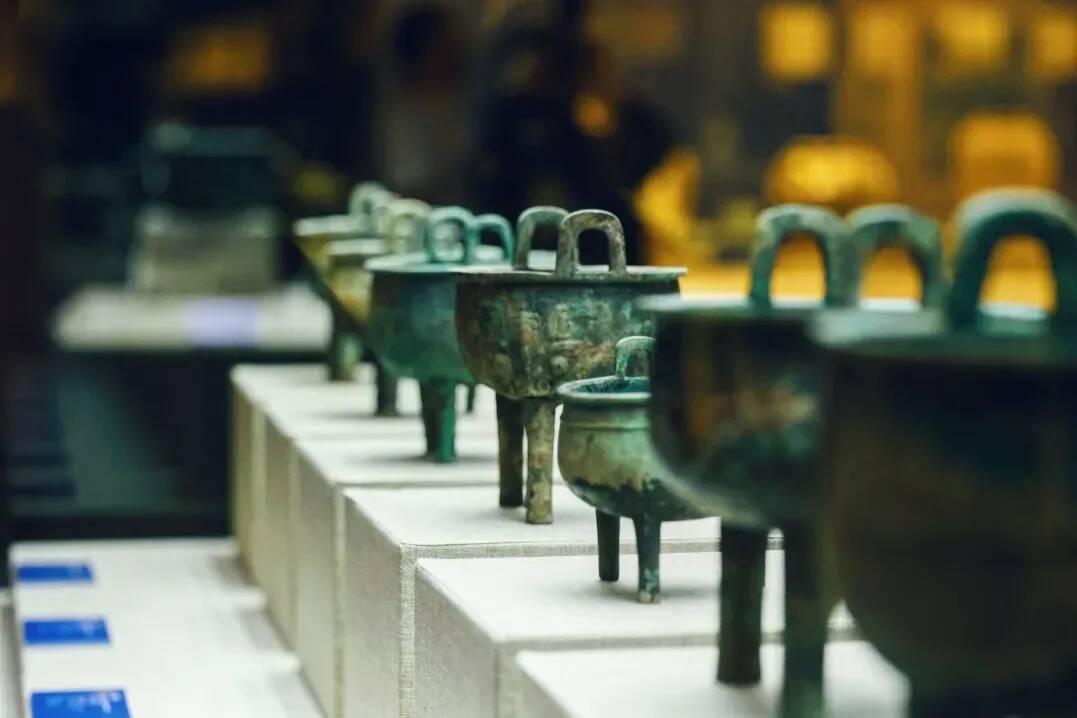
Next Page
Related News
Commodity Details
Product name: Museum tickets (including multimedia interactive show)
Commodity number: not set
Classification: He Lu
Shelf time: 2016-04-28
No detailed description
Commodity Details
Product Name: Wenbo House-Accommodation
Commodity number: not set
Classification: He Lu
Shelf time: 2016-04-28
Wuxi Junlai Wenbo House is located on the bank of the beautiful Taihu Lake-Mashan, close to the Helu City Museum, facing Taihu Lake, with green mountains and green waters and beautiful scenery.
Wuxi Junlai Wenbo House is managed by Wuxi Junlai Hotel Management Group. It is a characteristic hotel with the theme of "Wu Culture". It now has many boutique guest rooms with perfect and comfortable rooms. After you have experienced the tiredness of the journey, you can enjoy a relaxed and new sensory experience in a quiet and comfortable environment, creating a warm and comfortable "home away from home" for guests ".
The hotel is also equipped with a 400-square-meter pillorless banquet hall, equipped with complete meeting and banquet facilities, which can undertake various meetings, theme banquets and social activities for 250 people. There are also 8 special rooms with lake views, based on Huaiyang cuisine., With the characteristics of "Wu Dicai" and "Mashan Farmhouse Cuisine", accompany you into the journey of healthy food.

He Lu Xiongfeng Hall
He Lv Xiongfeng Hall, through a wealth of exhibition means to fully explain the historical outlook of Wu Wang He Lv and He Lv City, highlighting the humanistic spirit of Wu Wang He Lv's efforts to govern, clean and friendly to the people, appointing people on their merits, and his ambition to compete for hegemony and build a strong army.
Commodity Details
Product name: imitation song lotus cup
Commodity number: not set
Classification: He Lu
Shelf time: 2016-04-20
At the end of the Southern Song Dynasty, Longquan kiln powder green glaze chrysanthemum valve. The calamis has a deep arc abdomen and a small circle of feet. The edge of the mouth and the abdomen are made into chrysanthemum petals. Therefore, the scientific name "chrysanthemum petals" is also called "lotus seed cup". The full body of the utensils is applied with a thick glaze of powdery green opacity, and the glaze color is extremely warm and moist, with only the exposed tire at the foot end showing a light red color. This is full of type, regular process, beautiful and elegant, is the end of the Southern Song Dynasty Longquan kiln Xikou kiln firing high-grade diet tea matching utensils.
This lotus seed cup imitates the shape of Longquan celadon lotus seed cup in the Southern Song Dynasty, with a stable and correct shape. Lotus seeds have the meaning of lovesickness, love as pure and loyal as water, long and distant.
Commodity Details
Product Name: "Wu Du He Lu Ancient City Three Volumes"
Commodity number: not set
Classification: He Lu
Shelf time: 2016-04-20
Basic information:
Edited by: Wuxi Wudu Helu Ancient City Site Management Committee, Wuxi Taihu Culture Research Association
Publisher: Jiangsu People's Publishing House
Pageback: 209 pages
Language: Simplified Chinese
Opening: 16
Introduction:
The series of "Wu du he Lu ancient city" is divided into three volumes: first, middle and second. The first volume is a selection of 29 ancient books (paragraphs) and 131 ancient and modern poems. The middle volume compiles 8 articles of "He Lu Xiong Feng", 12 articles of "Wu Yue Qunying", 27 articles of "Legend of Allusions" and 60 articles of "Tracing and Visiting Trail. The second volume consists of three parts. The first part is "Site Overview", which introduces the current situation of the Helu City site and the investigation of archaeology; the second part "The Road to Cultural Protection" introduces the discovery, protection, planning and development of the site; In the last part of "Exploration and Research", 15 papers by relevant experts and scholars are included. These articles focus on the history and current situation of the Helu City site, it provides a theoretical basis for the protection and construction of the site of Helu City.
This series of books is easy to understand, with pictures and texts. It is a good book for the general public to understand the ancient city of Helu.
Commodity Details
Product Name: Wenbo House-Catering
Commodity number: not set
Classification: He Lu
Shelf time: 2016-04-27
No detailed introduction
Commodity Details
Product name: dragon pattern with a can
Commodity number: not set
Classification: He Lu
Shelf time: 2016-04-15
Imitation of the original celadon with a jar unearthed from the Longshan stone mound at the site of Helu City in Wudu in the Spring and Autumn Period, it was originally an ancient aristocratic daily-use utensils. The jar body is decorated with dragon patterns, and its shape is unique, which is rare in China. This work was commissioned by the Helu City Ruins Museum to produce the Yixing Jiang Liying Purple Sand Studio.
